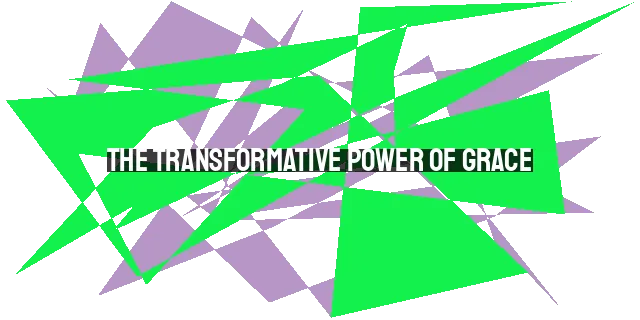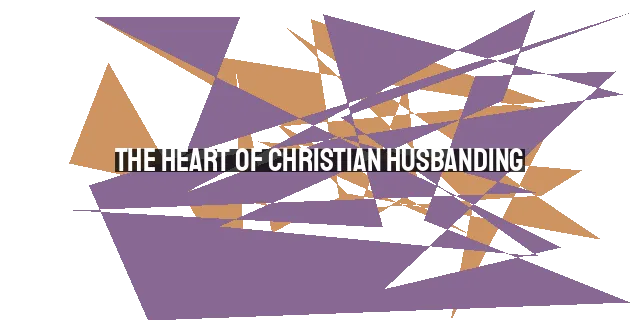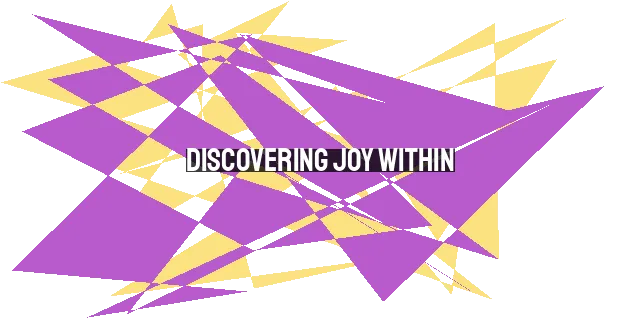"The Power of the Cross: Split Rocks, Open Tombs, and Raised Bodies"
Split Rocks, Open Tombs, and Raised Bodies: The Power of the Cross
The death of Jesus Christ on the cross was not an ordinary event in human history. From the moment he cried out with a loud voice and yielded up his spirit, supernatural phenomena began to unfold, bearing witness to the divine power of the cross. In this article, we will explore the significance of the split rocks, open tombs, and raised bodies that occurred at the moment of Christ's death. We will see how these events are not just historical curiosities but powerful symbols of the transformative power of the cross for believers in Christ.
The Power of the Cross in the Bible
The power of the cross is a central theme of the Bible. The apostle Paul wrote, "For the word of the cross is folly to those who are perishing, but to us who are being saved it is the power of God" (1 Corinthians 1:18). The cross is the ultimate expression of God's love for humanity, as Christ willingly gave his life to atone for our sins (John 3:16). Through his death and resurrection, Christ defeated sin and death and made a way for us to be reconciled to God (Romans 5:8-11).
The power of the cross is not just something that happened in the past, but it is a present reality for believers in Christ. Paul wrote, "I have been crucified with Christ. It is no longer I who live, but Christ who lives in me. And the life I now live in the flesh I live by faith in the Son of God, who loved me and gave himself for me" (Galatians 2:20). Through faith in Christ, we are united with him in his death and resurrection, and we can experience the power of his life in us (Romans 6:5-11).
The Significance of the Split Rocks
Matthew's gospel records that at the moment of Christ's death, "the earth shook, and the rocks were split" (Matthew 27:51). This was not just a natural earthquake, but a supernatural event that bore witness to the power of the cross. The splitting of the rocks symbolizes the tearing apart of the old order of things, as the power of sin and death was broken by Christ's sacrifice on the cross.
In the Old Testament, rocks were often associated with God's power and presence. When Moses struck the rock in the wilderness, water flowed out to quench the thirst of the Israelites (Exodus 17:6). When Elijah was hiding in a cave, God spoke to him through a "still small voice" after a great wind, earthquake, and fire (1 Kings 19:11-12). The splitting of the rocks at the moment of Christ's death was a sign that God was powerfully at work, bringing about a new creation through the cross.
The Significance of the Open Tombs
Matthew's gospel also records that "the tombs were opened" (Matthew 27:52). This was not just a random occurrence, but a supernatural sign of the power of the cross over death. The opening of the tombs symbolizes the breaking of the power of death, as Christ's resurrection made a way for believers to share in his victory over death.
In the Old Testament, tombs were often associated with the reality of death. When Joseph was buried in Egypt, his body was placed in a tomb (Genesis 50:26). When David died, he was buried in a tomb in Jerusalem (1 Kings 2:10). The opening of the tombs at the moment of Christ's death was a sign that death no longer had the final word, but that Christ had triumphed over death and opened the way to eternal life.
The Significance of the Raised Bodies
Matthew's gospel also records that "many bodies of the saints who had fallen asleep were raised" (Matthew 27:52). This was not just a strange occurrence, but a supernatural sign of the power of the cross to bring about resurrection life. The raising of these bodies symbolizes the power of the cross to transform our bodies from mortal to immortal, as we share in Christ's resurrection.
The raising of the saints' bodies at the moment of Christ's death is a sign that the power of the cross extends beyond just forgiveness of sins, but to the transformation of our whole being. Paul wrote, "For this perishable body must put on the imperishable, and this mortal body must put on immortality" (1 Corinthians 15:53). Through faith in Christ, we can look forward to a future resurrection in which our bodies will be transformed to be like his glorious body (Philippians 3:20-21).
The Power of the Cross Today
The split rocks, open tombs, and raised bodies that occurred at the moment of Christ's death were not just historical curiosities, but powerful symbols of the transformative power of the cross. As believers in Christ, we can experience the power of the cross in our own lives as we are united with him in his death and resurrection.
The power of the cross is not just something that happened in the past, but it is a present reality for us today. Through faith in Christ, we can experience forgiveness of sins, freedom from the power of sin, and the hope of eternal life. As we live out our lives in this fallen world, we can look forward to the day when Christ will return and transform our bodies to be like his glorious body.
Conclusion
The split rocks, open tombs, and raised bodies that occurred at the moment of Christ's death are powerful symbols of the transformative power of the cross. As we reflect on these events, we are reminded of the great love that God has for us, and the incredible power that was unleashed on the world through Christ's sacrifice on the cross.
May we, as believers in Christ, experience the power of the cross in our own lives, and may we look forward with hope to the day when he will return and transform our bodies to be like his glorious body. Soli Deo Gloria.



POST COMMENT
For post a new comment. You need to login first. Login
COMMENTS(0)
No Comment yet. Be the first :)